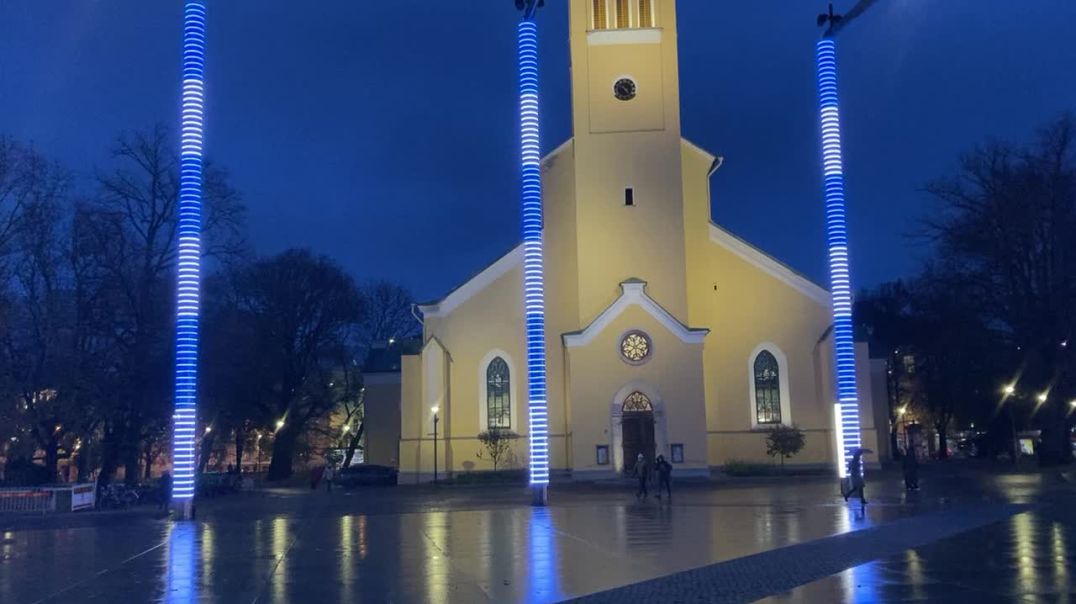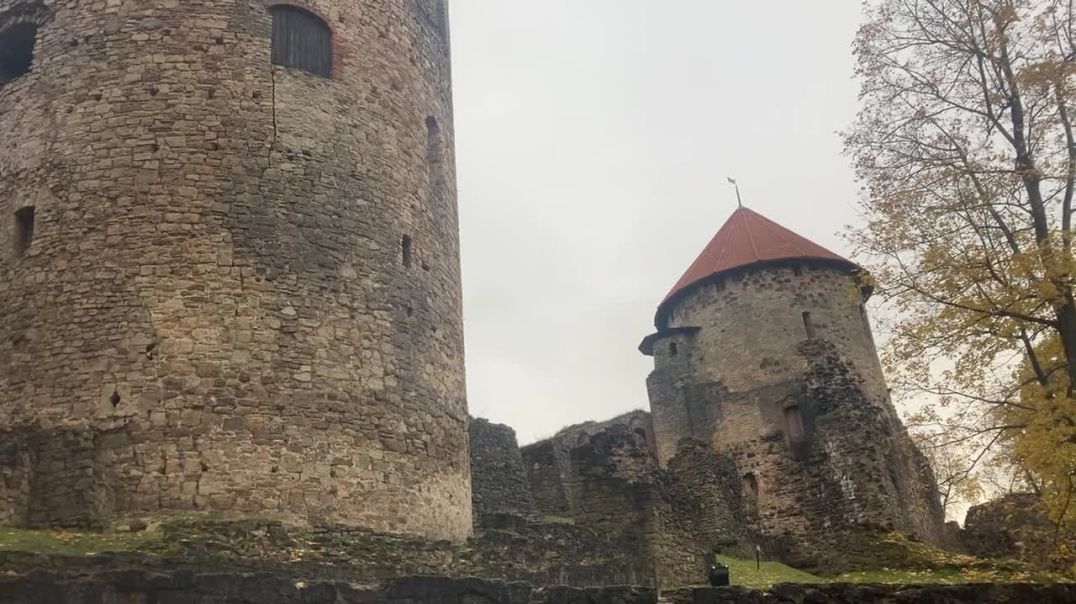close
Dear Creators, we are proud to announce an amazing affiliate program for you to earn some serious and continual cash. Read about our affiliate progarm here.
Caros criadores, temos o orgulho de anunciar um incrível programa de afiliados para vocês ganharem muito dinheiro de forma contínua. Leia sobre nosso programa de afiliados aqui.
First Impressions of Campeche It’s Cool
96 Views
• 09/26/22
4
0
Embed
Download
Donate























SORT BY-
Top Comments
-
Latest comments
2 years ago
Amr is a Chad lol
2 years ago
I was right about the clouds... They are hurricane clouds.
Looks like Cyclone Ian is going to spiral north and west...
Only windy and wet for you.
https://www.nhc.noaa.gov/
2 years ago
Eating a fish taco.... Ahem.
Humidity is fucked - when it flooded here - for weeks it was 100% humidity and 35*C plus (~95*F plus) .
The cooler over cast, breezy evening air, is really nice...... Enjoy it.
I was looking at the colour and thickness and altitude of the clouds and I thought, "Those look like hurricane clouds". Some information came up with some more research...
https://en.wikipedia.org/wiki/Campeche
https://upload.wikimedia.org/w....ikipedia/commons/thu
Campeche is in the tropics; it has a humid climate, with a defined rainy season, and a relatively dry season from late winter to early spring. Average annual rainfall varies between 900 and 2,000 mm (35 and 79 in). The hottest and most humid areas of the state are along the coast between the Laguna de Términos and the northern border. Average annual temperature is 26 °C (79 °F) with highs up to 36 °C (97 °F) in the summer and lows of 17 °C (63 °F) in the winter. Prevailing winds are from the northwest from November to March, from the north between September and October, from the southeast from June to August and from the south in April and May. In the winter, storms from the north called “nortes” can bring colder dry air from the area of the United States. In the late summer, there are sometimes hurricanes.
https://www.tripsavvy.com/hurr....icane-season-in-mexi
Hurricane season in Mexico officially lasts from the beginning of June through the end of November, but you're at greatest risk of encountering a hurricane between the months of August and October. Hurricanes and tropical storms can affect weather on the Caribbean coast of the Yucatan Peninsula, the Gulf Coast, and the Pacific Coast. Inland destinations may get substantial rain during a hurricane's passing, which in extreme cases can cause flooding and mudslides, but in general, they're much less affected than areas along the coastlines.
Before you rule out travel to Mexico during hurricane season entirely, consider this: there are some advantages to traveling to Mexico during hurricane season. There are fewer crowds this time of year, and hotel rates and airfares may be much lower. If you look carefully, you can find some great travel deals. This season also coincides with the summer holidays in the northern hemisphere, and it may be tempting for families to take advantage of lower prices to enjoy a family get-away. There are, of course, risks involved in traveling during hurricane season that you should keep in mind.
https://news.yahoo.com/hurrica....ne-gulf-mexico-next-
A hurricane in the Gulf of Mexico next week? Forecasters warn of 'significant threat' to US
Doyle Rice, USA TODAY
Fri, September 23, 2022 at 5:14 AM·2 min read
A developing tropical system could spin up into a hurricane in the Gulf of Mexico by the middle of next week, forecasters warned Thursday.
"This is the most significant threat for the U.S. mainland we've had this hurricane season," AccuWeather chief meteorologist Jonathan Porter said.
The system, known now as Invest 98L, was located near the northeastern coast of South America in the eastern Caribbean Sea on Thursday.
An "Invest" is an area that the National Hurricane Center is watching closely with advanced computer models and other resources, including the Hurricane Hunters, for possible development, according to Weather.com.
https://s.yimg.com/ny/api/res/....1.2/n_JdFC2f143SYqiD
https://upload.wikimedia.org/w....ikipedia/commons/f/f
If you go to the link - there are links in the Wikipedia page, to all the ancient temples.
In them you will find the images in stone, of myself, that I have left behind for my ancestors.
https://en.wikipedia.org/wiki/Campeche
Much of Campeche's territory is filled with various archeological sites, almost all of which are Mayan. Maya sites in Campeche include Acanmul, Balamkú, Becán, Bolonchén, Calakmul, Chactún, Chicanná, Chunlimón, Edzná, Isla de Jaina, Lagunita, the Petén Basin, Río Bec, Isla Uaymil, Xculoc, Xpuhil, and Xtampak. These sites are less visited than sites to the east such as Chichen Itza, and Tulum.[10] An early important site is Edzna, located near the city of Campeche in a region known as los Chenes. It was one of the most important ceremonial centers in the pre-Classic Maya period (300-900 CE). Its building show Petén, Chenes and Puuc influence, with a large acropolis surrounded by various temples, the most important of which is the Pyramid of the Five Floors.[10][30] It was discovered in the 1920s and excavated in the 1940s. It is located away from other Mayan settlements on the peninsula and was probably a collection center for the agriculture products grown in the area, reaching its height between 600 and 900. These were sent to the city of Tikal in exchange for ritualistic adornment for the site. Its most important building is the Pyramid of the Five Stories, built as its name implies. Another important find came in the 1990s. During the planting season in early May, archeologist Antonio Benavides noticed that the setting sun illuminates a stucco mask hanging one of the pyramid's rooms. The effect also happens in August, during harvest and it is believed to be related to the asking and receiving of abundant crops.[10]
The largest archeological site in the state is Calakmul, which means "twin heaps" in the Mayan language. It is located in the Petén region built in the late Classic period (500-900 CE). Calakmal is estimated to have been populated around 1000 BCE with its height at around 600 In 695 CE, Calakmul was conquered by Tikal and the city fell into decline. Calakmul is located in the interior rainforest of the state in a biosphere named after it near the Guatemala border. The site extends over 70 km2 (27 sq mi) and was one of the largest cities of Mesoamerica. Its temples were mostly dedicated to ancestor worship encircling the palaces of the elite in the center. There are an estimated 6,000 structures at the site with only half a dozen restored. The two most important structures are the twin pyramids of Temple II and Temple VII, similar to structures found at Tikal. Temple II is tallest at 50 m (160 ft) high. The site has been heavily looted by grave robbers.[10][30]